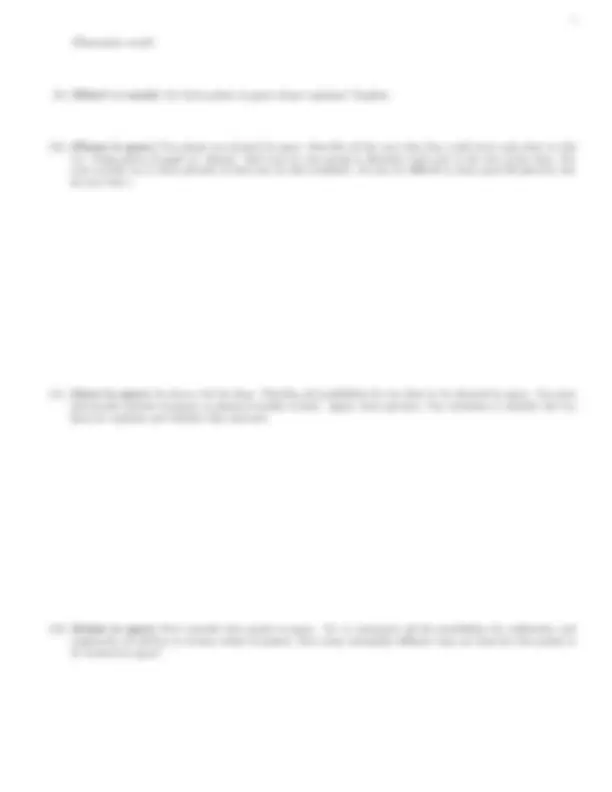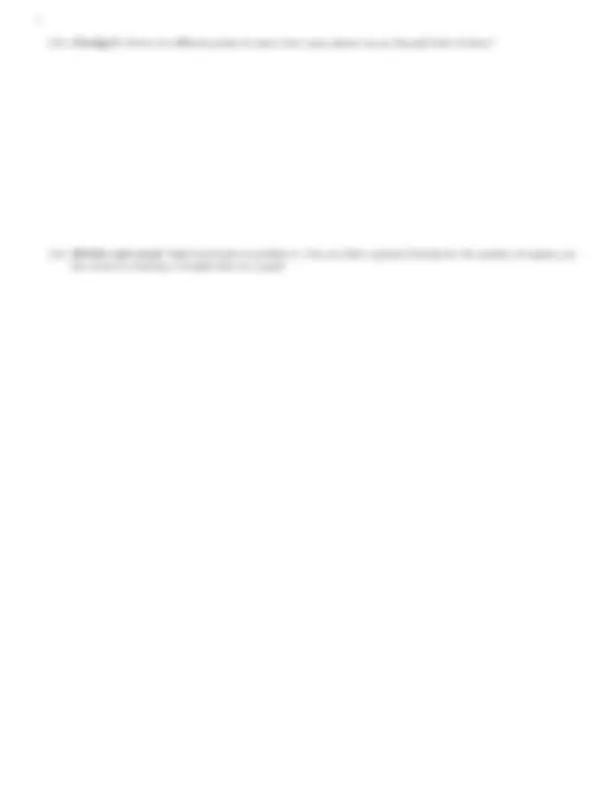




Study with the several resources on Docsity

Earn points by helping other students or get them with a premium plan


Prepare for your exams
Study with the several resources on Docsity

Earn points to download
Earn points by helping other students or get them with a premium plan
Community
Ask the community for help and clear up your study doubts
Discover the best universities in your country according to Docsity users
Free resources
Download our free guides on studying techniques, anxiety management strategies, and thesis advice from Docsity tutors
Material Type: Paper; Class: MATH FOR ELEMENTARY ED II; Subject: MATHEMATICS; University: SUNY-Potsdam; Term: Unknown 2007;
Typology: Papers
1 / 4

This page cannot be seen from the preview
Don't miss anything!



the questions below!)
(1) Incidence geometry in two dimensions. True or false? For each assertion, decide whether it is true or false, then illustrate with a small picture. Each of these statements should be interpreted in the two-dimensional plane. (a) For any two points, there is exactly one line through them.
(b) For any two lines, there is exactly one point on them.
(c) For any two lines l and m, either they are parallel (l ‖ m) or they intersect in just one point.
(d) For any given point, there are infinitely many lines through it.
(e) If four points are arranged in a square and every two are connected with a line, six lines will be formed.
(2) Incidence geometry in three dimensions: True or false? As above, decide whether each is true, and illustrate with a small picture. Each of these statements should be interpreted in three dimensions. That is, in space. (a) For any two points, there is exactly one line through them.
(b) It’s possible that three given points could have exactly one line through them.
(c) For any two lines l and m, either they are parallel (l ‖ m) or they intersect in just one point.
(d) Two planes can intersect at exactly one point.
(e) Two planes can intersect at exactly one line.
(f) Two planes always intersect at exactly one line.
(g) If two lines intersect, then they are coplanar.
(h) Three planes can intersect in exactly one point.
(i) Three planes can intersect in exactly one line.
(3) Define collinear.
(4) Define coplanar.
(5) Define concurrent lines.
(6) Define concurrent planes.
(7) Define skew.
(8) You wish to divide a piece of paper into several regions by drawing straight lines on it. You are only allowed to draw a few lines, but you would like to divide the page into as many regions as possible. Given a “budget” of a few straight lines (between one and five), how many regions can you divide the paper into? (I strongly suggest drawing pictures!)
Number of Lines Number of Regions 1 2 3 4 5
(13) (Vertigo?) Given two different points in space, how many planes can go through both of them?
(14) (Divide and count ’em) Look back at problem 8. Can you find a general formula for the number of regions you can create by drawing n straight lines on a page?